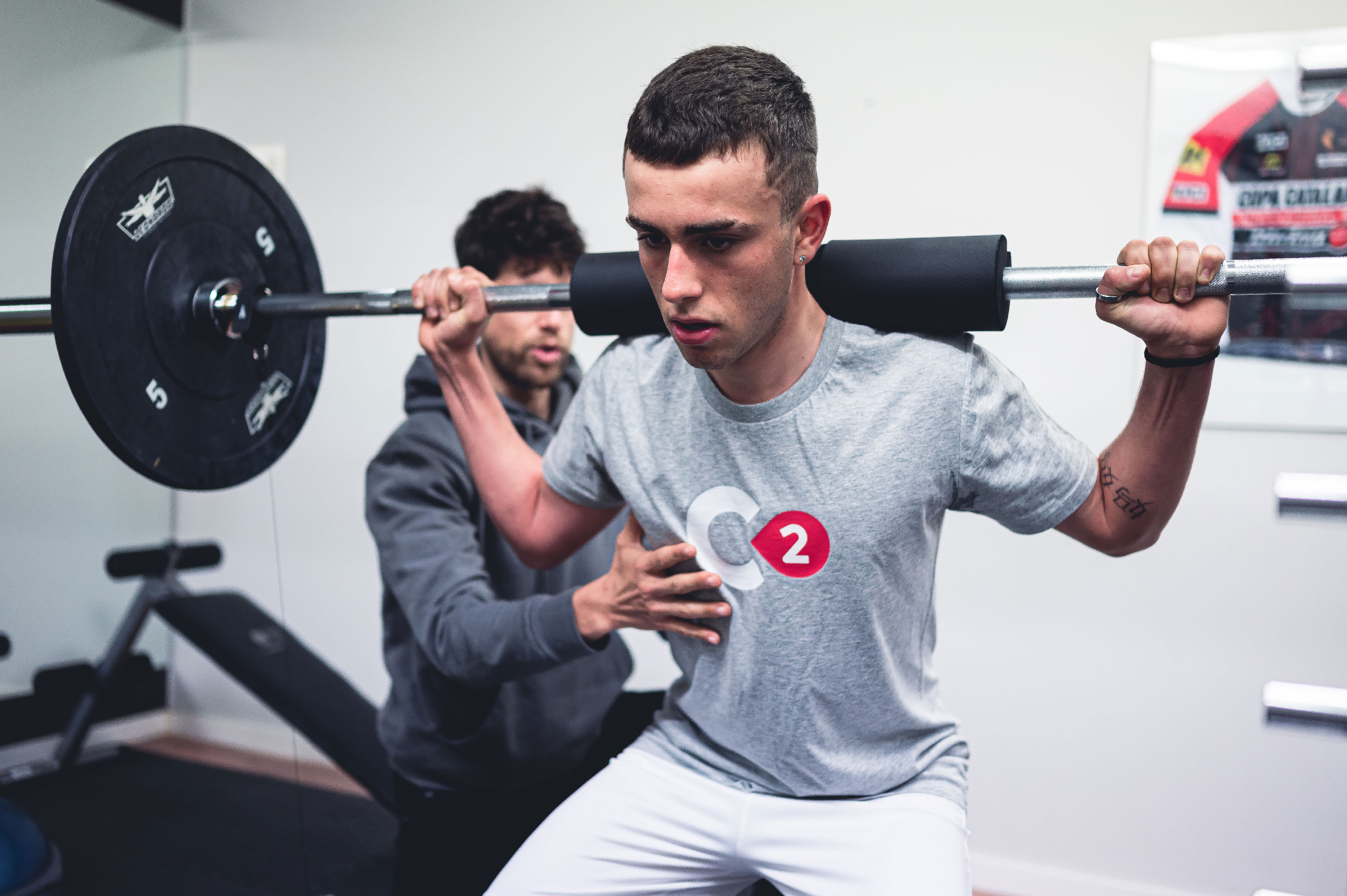
Zones / Training rhythms
In this blog post we are going to comment on the distribution that we can give to our training intensities, taking into account previous entries about the different physiological milestones of our metabolism.
We will determine these zones by different methods or ways of obtaining them: laboratory test with gas analyzer could be our gold standard (reference and reliable method) and from it we can have many other ways to obtain these zones or work rates: lactate in the field, certain power tests, specific competition data… etc…
In our case we will talk about work areas, which we can separate into 6 large groups where we would differentiate in the following way:
Area 1: recovery intensity, below the 65% of maximum heart rate (f.c. max) o inferior al 60% of our FTP (we understand this as the MLSS) marking the recoveries between high or medium intensity intervals, being a work area for the regeneration of our body within the session or between training sessions/competitions.
Area 2: We will talk about a 60-70% of the maximum Fc or 60 al 75% of our FTP (in a general way and following the model of Coggan and Allen H. 2002) where we will find our first physiological milestone, the ventilatory threshold 1 (VTh1).
Many recent studies They give us evidence that good work on this first physiological milestone can allow us to improve the following milestones., mainly FTP and VTh2 with great continued work in this area. SIt will be our aerobic intensity where we can endure a large number of hours and the way to "generate" energy in our body will be through the oxidation of fats mainly.
Area 3: Intermediate intensity between our VTh1 and our MLSS, It will be our "tempo" where we can accumulate continuous work from 1 hour to 1 hour 30' - 45' where the source of energy is increasingly less the oxidation of fats and the depletion of glycogen stores.. It will be very useful to know it for work in long distance events (MTB ultra marathons, Ironmans, very long road stages) where this could be our “top” intensity. We will place it around the 76-85/88% from our FTP and with 77-84% of the maximum Fc.
Area 4: It is our MLSS intensity where lactate accumulation is equal to the amount our body can eliminate, marking a turning point at that intensity. This is where the controversy in relation to FTP comes in and, as we stated in another entry, we can talk about FTP as our MLSS
This area is an area where we can last 40-45' in the worst case and in the best case we can extend the 70 – 72′ approx. as literature tells us. We will understand this area as we have said previously where the accumulation and clearance of lactate is stable and the maximum possible., placing the lactate concentration around the 4 mmol/L.
The intensity we could talk about 85-90% of the athlete's maximum HR together with an intensity of 90/92 al 105% of that athlete's FTP. It will be important to determine this area well for future specific work and use it for improvement, especially in road athletes., XCM or tests of a certain duration.
Area 5: We can talk about a transition zone between VTh2 and our Vo2max, our aerobic “ceiling” for our metabolism. It will now be a "red" zone where the intensity is very high, working at 90-105% of the athlete's Vo2max, al 90-100% of the maximum Fc in the upper part and at 85-95% of the maximum Fc in the VTh2 area.
We are interested in managing this area and the exposure time of the two milestones to be able to prepare well and improve in tests where it can be decisive for performance.. In the case of VTh2 we will talk about a time limit of 11' with 2' less or more depending on the level of the athlete and the experience he or she has..
In the case of Vo2max we will talk about exposure times around 3' 30" with plus/minus 1' 30" above or below, with the same criteria as VTh2.
Knowing these milestones and their relevant intensities can help us improve in specific road tests., XCO, XCM etc…
Area 6: It will be our anaerobic pathway itself., where the intensity will go above the 95% of maximum HR and intensities higher than 125-130% of the FTP obtained in a test. Within this pathway we will talk about different metabolisms: Anaerobic capacity, lactic anaerobic power and alactic anaerobic power. These last two areas are where software like Wko5 mainly comes in, where the individualization of each individual is key to determining performance in each of these areas with their respective individual ranges through the ilevels..
Time change or jet lag
Rapid travel across multiple time zones leads to a desynchronization of rhythms
Muscle fibers: Typology and identification of them
We have sometimes talked about genetic abilities of athletes, more specifically the cyclis
Strength development (2nd phase)
If you have followed the instructions in the previous post about strength work, you probably have





